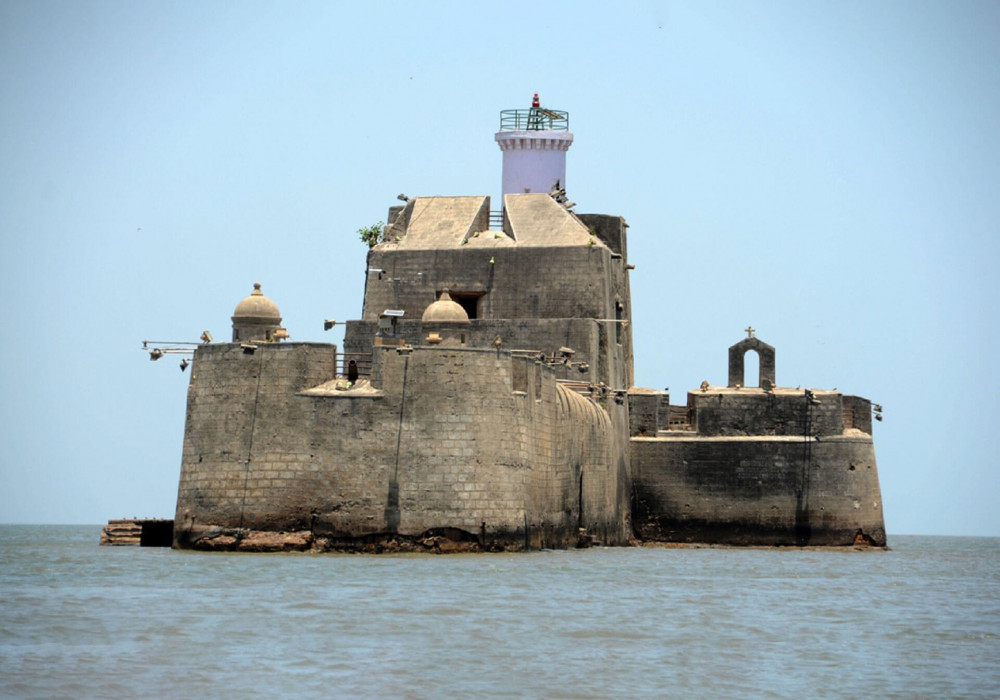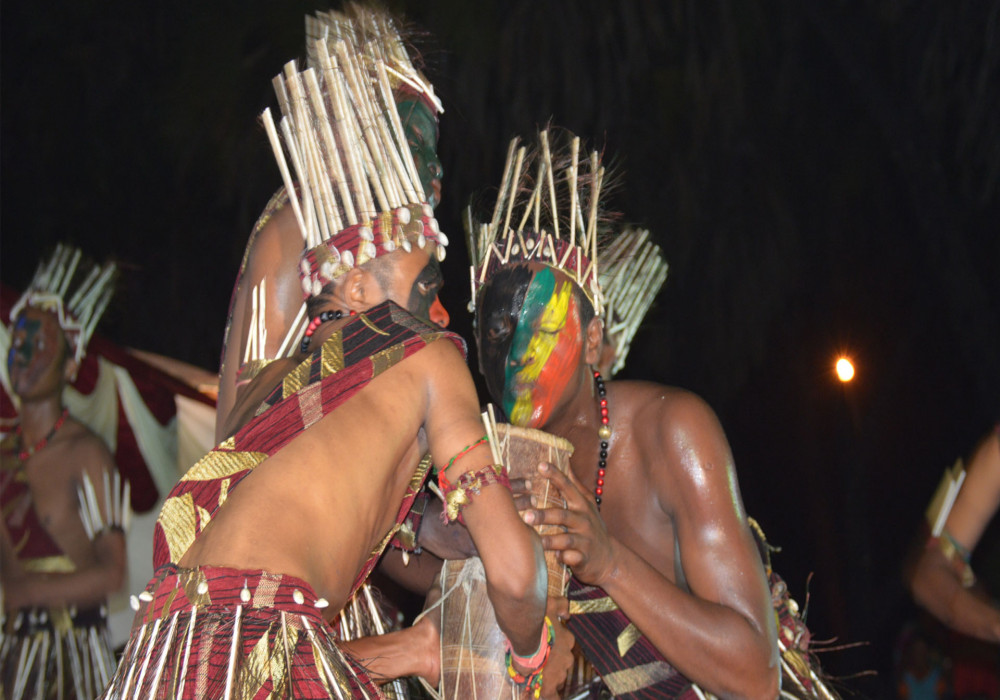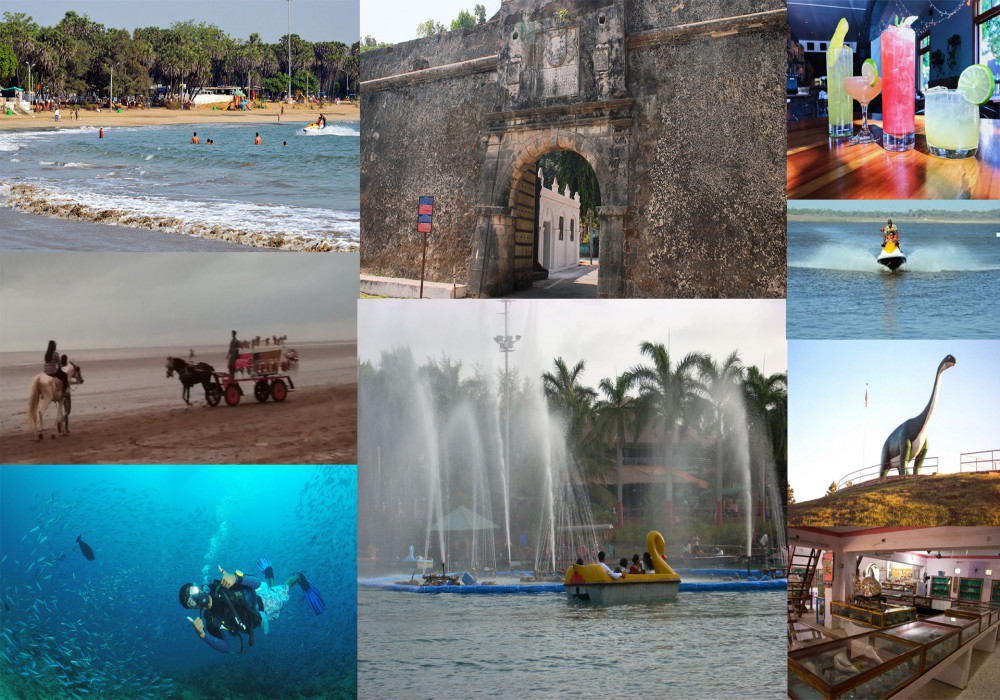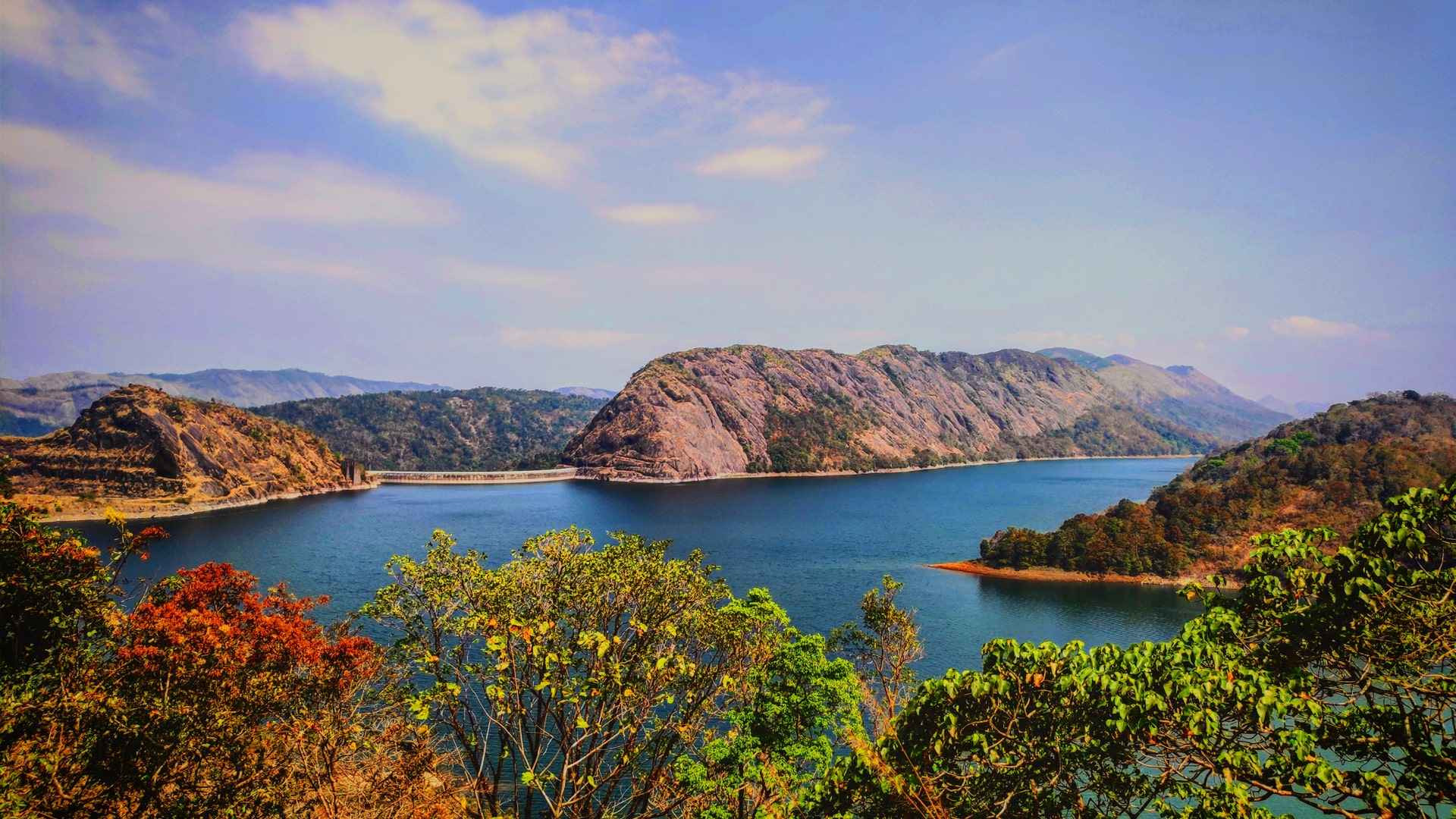Daman And Diu Tour Packages 2025
Cities in Daman And Diu
Best Destinations in Daman And Diu
Daman and Diu - A Coastal Escape of History and Serenity
The charm of Daman and Diu is unlike any other. With golden beaches, ancient forts, and vibrant festivals, this union territory is a hidden treasure along India’s western coast. The sound of the waves, the scent of fresh seafood, and the echoes of Portuguese history make every visit special.
If you are looking for a place where history blends with scenic beauty, this is it. From the colonial architecture of Daman to the tranquil beaches of Diu, every turn brings a new discovery.
Whether it’s the famous Nani Daman Fort, the stunning sunset at Jampore Beach, or the lively culture, there’s something for everyone.
Walk through cobbled streets, explore age-old churches, or just relax by the shore. Daman and Diu is more than a destination—it’s an experience that stays with you. Keep reading to explore the wonders of this coastal paradise!
Historical Significance of Daman and Diu
Daman and Diu were under Portuguese rule for over 400 years. This influence is seen in the grand churches, forts, and whitewashed houses. St. Paul’s Church, Diu Fort, and the Se Cathedral stand as reminders of a bygone era. The history of the territory comes alive in every street and monument.

Climate in Daman and Diu
The climate here is pleasant throughout the year. Summers (March to June) are warm but breezy. Monsoons (July to September) bring refreshing showers. Winters (October to February) are cool and the best time to visit. For beach lovers, October to April is ideal.
Read More : Offbeat Places to Visit in Daman and Diu
Daman and Diu Culture – A Blend of Portuguese and Indian Heritage
The Daman and Diu culture is a mix of Portuguese traditions and Indian customs. The people celebrate festivals like Bonderam, Nariyal Purnima, and Christmas with great enthusiasm. Traditional dances like Corridinho and music are an essential part of celebrations. The cuisine is a delight, with fresh seafood, coconut-infused curries, and delicious street food.

Daman and Diu Waterfalls – Nature’s Hidden Gems
Though known for beaches, Daman and Diu also have hidden waterfalls:
- Dudhni Waterfall – A peaceful retreat near Daman.
- Kadaiya Lake Falls – A serene spot for photography and picnics.
Popular Highland Escapes in Daman and Diu
For those seeking elevated retreats:
- Moti Daman Hilltop – Offers panoramic views of the sea.
- Jalandhar Hill – Famous for its temple and breathtaking sunrise.
- Diu Sunset Point – A romantic escape for nature lovers.
- Kevdi Eco-Tourism Hill – A quiet retreat for relaxation.
Honeymoon Destinations in Daman and Diu
Romance meets serenity in these top spots:
- Devka Beach – A secluded beach perfect for couples.
- Nagoa Beach – A horseshoe-shaped paradise with golden sand.
- Ghoghla Beach – Offers dreamy sunsets and peaceful vibes.
- Diu Fort Lighthouse – The perfect backdrop for a romantic evening.
- Mirasol Lake Garden – A quiet spot for couples to relax.

Top Free Things to Do in Daman and Diu
- Walk along Jampore Beach at sunset.
- Explore the historic Diu Fort for breathtaking views.
- Visit the serene Our Lady of the Sea Church.
- Witness traditional dance performances in Daman’s cultural fests.
- Stroll through Moti Daman Fort and admire colonial architecture.
- Relax at Chakratirth Beach, a hidden gem.
- Experience birdwatching at Vanakbara, a scenic fishing village.
- Walk through the Naida Caves, an underground marvel.
- Visit the Gangeshwar Temple, where waves wash over ancient Shiva Lingams.
- Capture stunning photographs at INS Khukri Memorial, a historic naval site.
Read More : Places To Visit In Daman And Diu
Why Visit Daman and Diu?
- Breathtaking Beaches – Golden sands, calm waters, and stunning sunsets.
- Rich Heritage – Explore Portuguese forts, churches, and ancient temples.
- Thrilling Water Sports – Jet skiing, parasailing, and scuba diving.
- Delicious Seafood – Fresh prawns, crabs, and fish infused with local flavours.
- Perfect for All Travelers – Whether solo, with family, or for a honeymoon, it’s a dream getaway.
When to Visit Daman and Diu?
The best time to visit Daman and Diu is between October and April, when the weather is cool and perfect for sightseeing and beach activities.
How to Reach Daman and Diu?
- By Air: Nearest airport – Diu Airport, with direct flights from Mumbai.
- By Train: Nearest railway station – Vapi, well-connected to major cities.
- By Road: Easily accessible from Gujarat and Maharashtra via well-maintained highways.
Best Tour Packages in Daman and Diu – The Perfect Getaway
Whether you're looking for adventure, relaxation, or cultural exploration, this coastal gem has it all.
Let Adotrip plan your dream holiday. With our Daman and Diu tour packages, every moment becomes unforgettable. Pack your bags and let the journey begin!
Frequently Asked Questions About Daman and Diu
Q1. What is the best time to visit Daman and Diu for a holiday?
A. The best time to visit is between October and March when the weather is pleasant for sightseeing and beach activities.
Q2. Are there direct flights to Daman and Diu?
A. Daman has a small airport, but the nearest major airport is in Mumbai. You can take a train or road trip from Mumbai, Surat, or Ahmedabad.
Q3. Do I need any special permits to visit Daman and Diu?
A. No, Indian and foreign travelers do not require any special permits to visit.
Q4. What are the best beaches in Daman and Diu for relaxation?
A. Some of the best beaches include Jampore Beach, Devka Beach, and Nagoa Beach, known for their calm waters and scenic beauty.
Q5. Is Daman and Diu a good honeymoon destination?
A. Yes! With romantic beaches, luxury resorts, and serene landscapes, it is an offbeat yet beautiful choice for honeymooners.
Q6. What are the top adventure activities in Daman and Diu?
A. Travelers can enjoy water sports, parasailing, jet skiing, scuba diving, and even camel rides at select beaches.
Q7. Can I find vegetarian food easily in Daman and Diu?
A. Yes, you’ll find a variety of vegetarian and seafood delicacies, with influences from Portuguese, Gujarati, and Parsi cuisine.
Q8. What are some must-visit heritage sites in Daman and Diu?
A. Explore Fort of St. Jerome, Diu Fort, Chapel of Our Lady of Rosary, and the Gangeshwar Mahadev Temple for a glimpse of history.
Q9. How many days are enough to explore Daman and Diu?
A. A 3 to 4-day trip is ideal to visit beaches, forts, temples, and enjoy water sports.
Q10. Is alcohol easily available in Daman and Diu?
A. Yes, Daman and Diu offer duty-free liquor, making it a popular weekend getaway for travelers from Gujarat and Maharashtra.
Plan your unforgettable trip with Adotrip – your trusted Daman and Diu tour guide!








